I'm using Arduino to look for I2C addresses, and half way through this new glitch appeared, and I don't know if it's the IDE or if I'm going insane.
I know most of this probably isn't important, but I don't know what is going on so here is my entire loop.
void loop(){
byte error, address;
int nDevices;
Serial.println("Scanning...");
nDevices = 0;
for(address = 0; address <= 255; address++ )
{
Wire.beginTransmission(address);
error = Wire.endTransmission();
Serial.print(address);
Serial.print("|");
Serial.println(error);
if (error == 0)
{
Serial.print("I2C device found at address 0x");
if (address<16)
Serial.print("0");
Serial.print(address, HEX);
Serial.println(" !");
nDevices++;
}
else if (error==4)
{
Serial.print("Unknow error at address 0x");
if (address<16)
Serial.print("0");
Serial.println(address,HEX);
}
delay(200);
//Serial.println(address);
}
delay(150);
Serial.println("Exiting");
if (nDevices == 0)
Serial.println("No I2C devices found\n");
else
Serial.println("done\n");
delay(30000);
exit(0);
}
As you can see in the picture I included the for loop returns to address=0 without printing anything after it, or before it in the loop(). Why is this happening?
